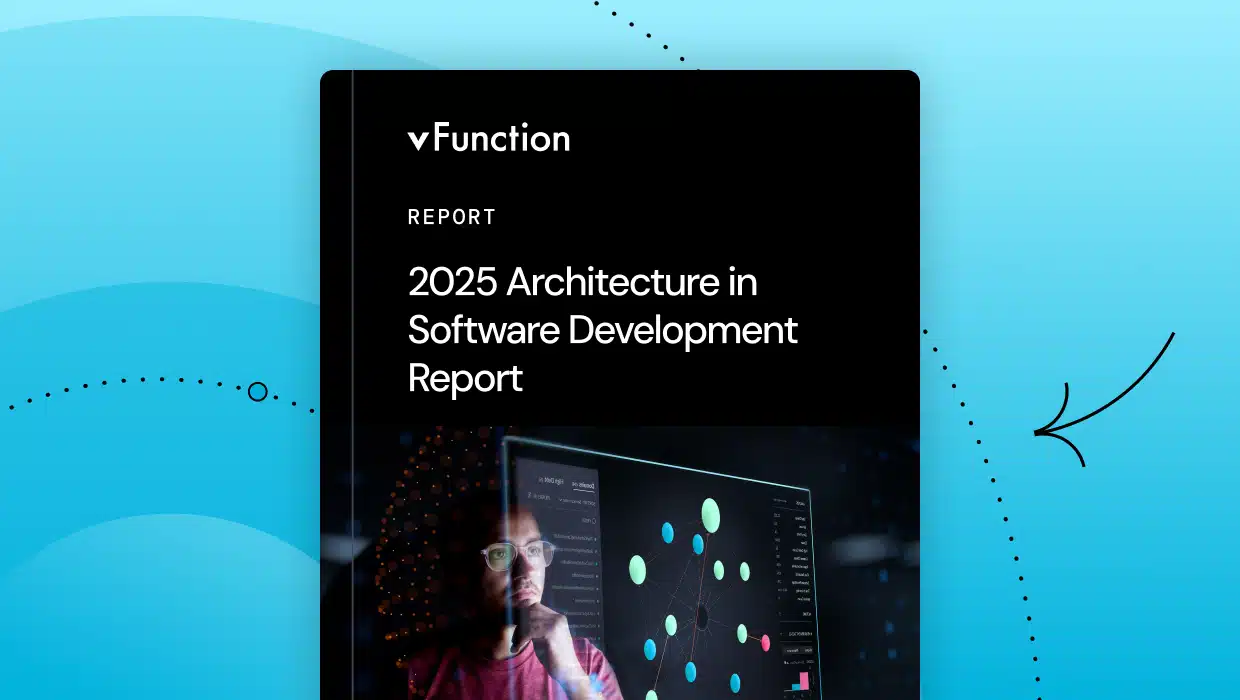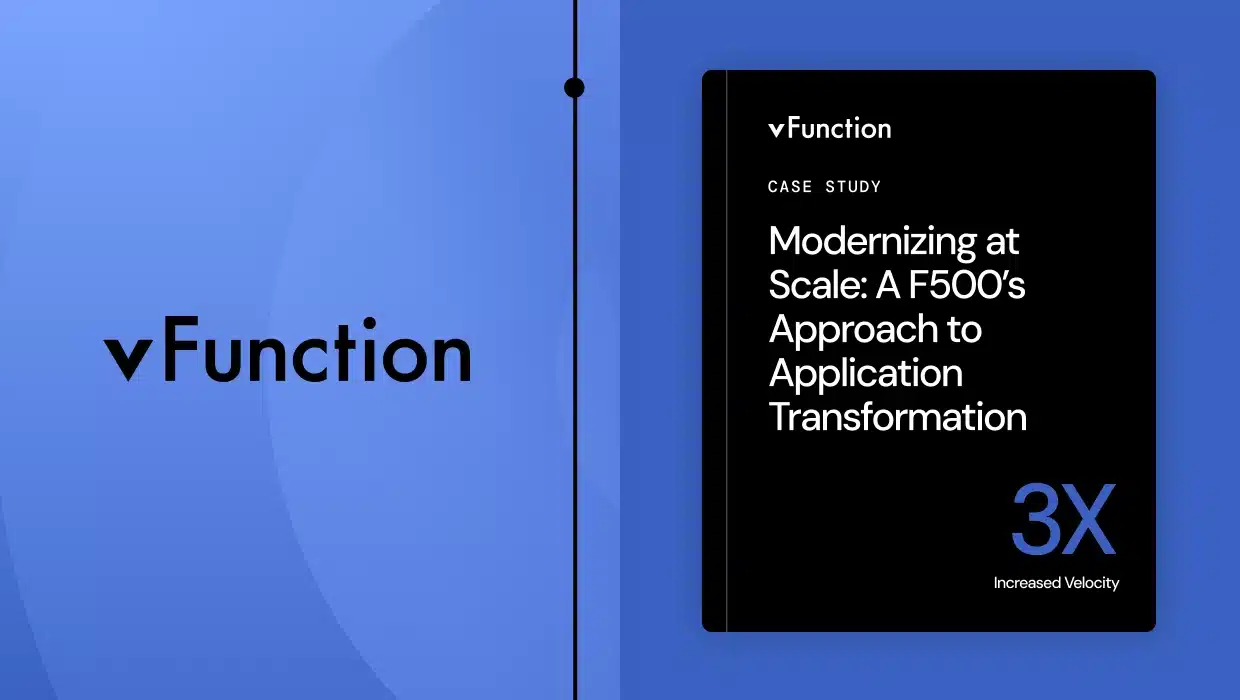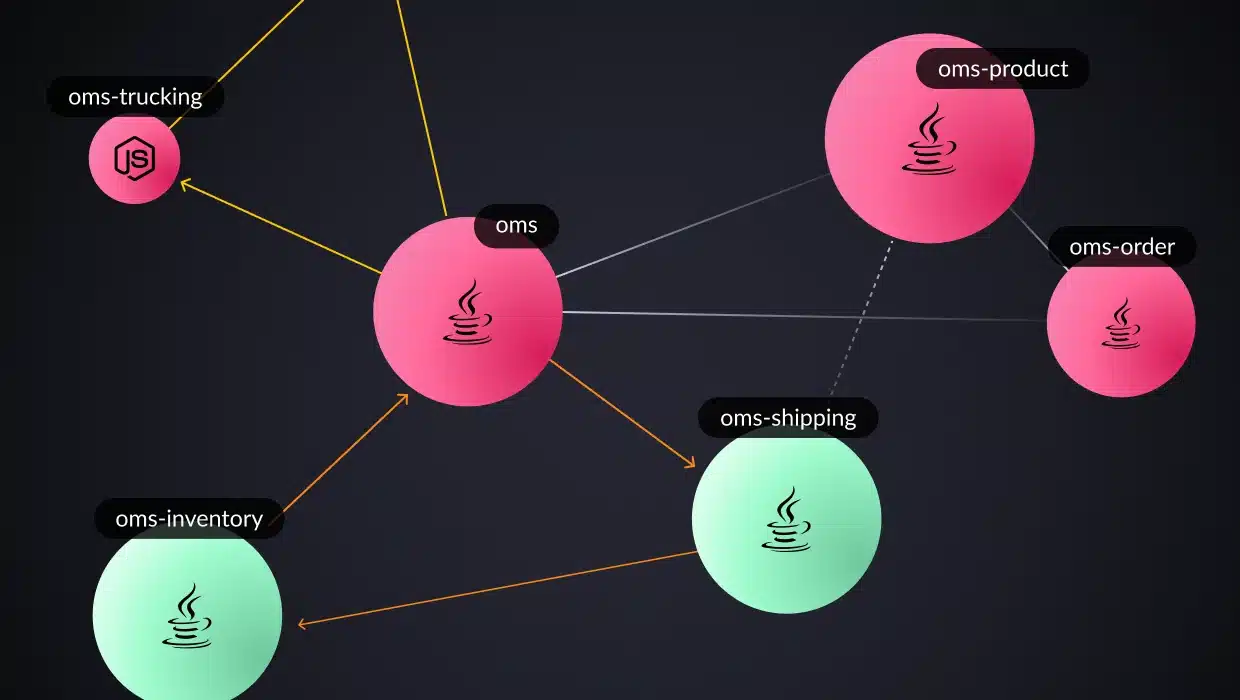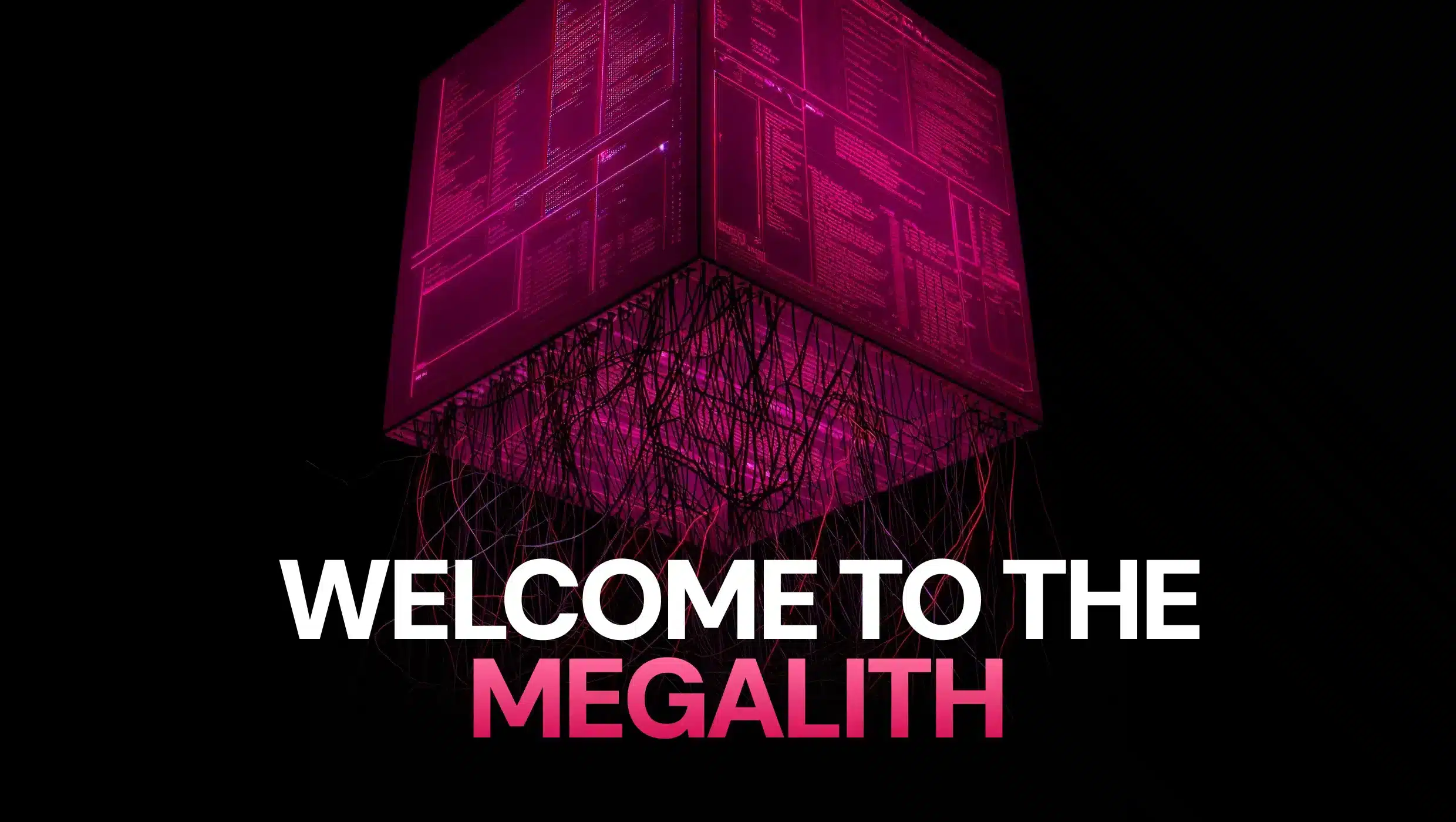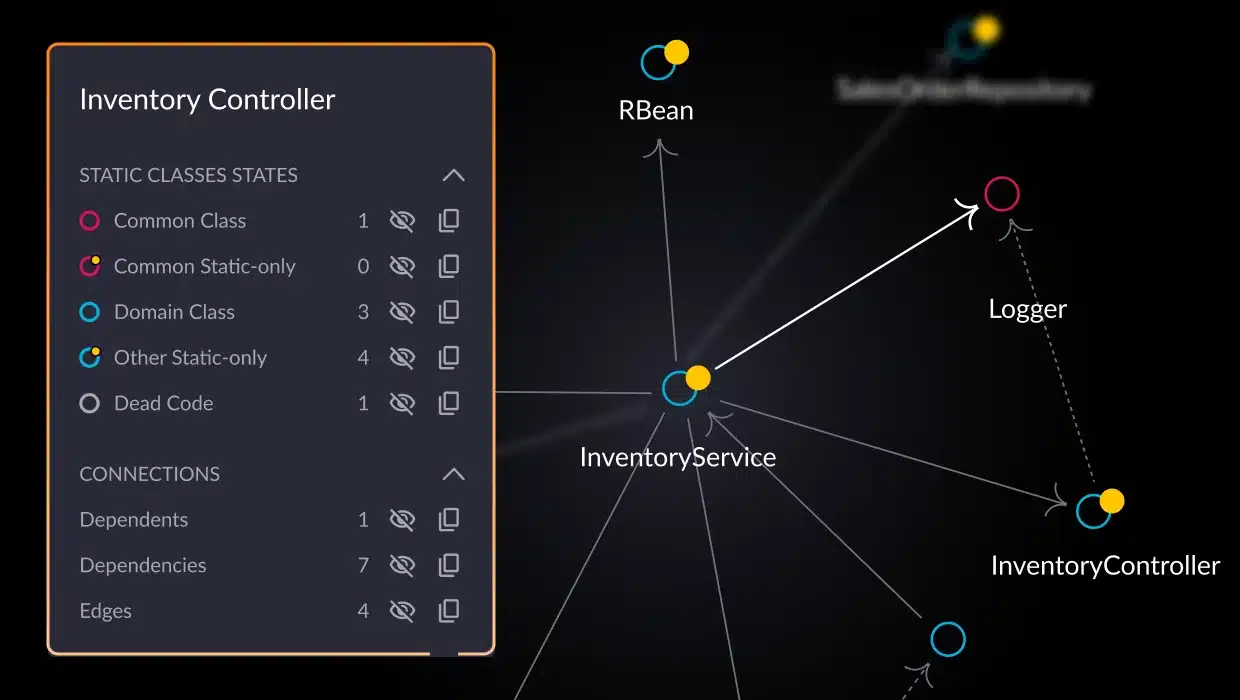When it comes to creating applications, in all but a few cases, data flows across continents and devices seamlessly to help users communicate. To accommodate this, the architecture of software applications has undergone a revolutionary transformation to keep pace. As software developers and architects, it has become the norm to move away from the traditional, centralized model – where applications reside on a single server – and embrace the power of distributed applications and distributed computing. These applications represent a paradigm shift in how we design, build, and interact with software, offering a wide range of benefits that reshape industries and pave the way for a more resilient and scalable future.
In this blog, we’ll dive into the intricacies of distributed applications, uncovering their inner workings and how they differ from their monolithic counterparts. We’ll also look at the advantages they bring and the unique challenges they present. Whether you’re an architect aiming to create scalable systems or a developer looking at implementing a distributed app, understanding how distributed applications are built and maintained is essential. Let’s begin by answering the most fundamental question: what is a distributed application?
What is a distributed application?
A commonly used term in software development, a distributed application is one whose software components operate across multiple computers or nodes within a network. Unlike traditional monolithic applications, where all components generally reside on a single computer or machine, distributed applications spread their functionality across different systems. These components work together through various mechanisms, such as REST APIs and other network-enabled communications.
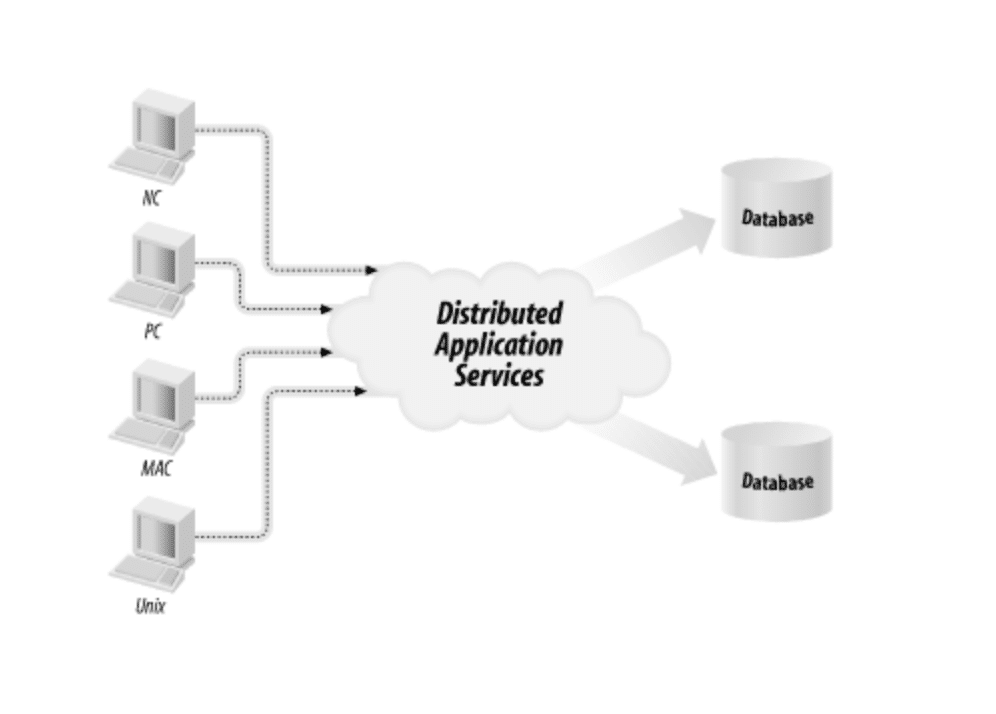
Even though individual components typically run independently in a distributed application, each has a specific role and communicates with others to accomplish the application’s overall functionality. By using multiple systems simultaneously and building applications using multiple systems, the architecture delivers greater flexibility, resilience, and performance compared to monolithic applications.
How do distributed applications work?
Now that we know what a distributed application is, we need to look further at how it works. To make a distributed application work, its interconnectedness relies on a few fundamental principles:
- Component interaction: The individual components of a distributed application communicate with each other through well-defined interfaces. These interfaces typically leverage network protocols like TCP/IP, HTTP, or specialized messaging systems. Data is exchanged in structured formats, such as XML or JSON, enabling communication between components residing on different machines.
- Middleware magic: Often, a middleware layer facilitates communication and coordination between components. Middleware acts as a bridge, abstracting the complexities of network communication and providing services like message routing, data transformation, and security.
- Load balancing: Distributed applications employ load-balancing mechanisms to ensure optimal performance and resource utilization. Load balancers distribute incoming requests across available nodes, preventing any single node from becoming overwhelmed and ensuring responsiveness and performance remain optimal.
- Data management: Depending on the application’s requirements, distributed applications may use a distributed database system. These databases shard or replicate data across multiple nodes, ensuring data availability, fault tolerance, and scalability.
- Synchronization and coordination: For components that need to share state or work on shared data, synchronization and coordination mechanisms are crucial. Distributed locking, consensus algorithms, or transaction managers ensure data consistency and prevent conflicts and concurrency issues.
Understanding the inner workings of distributed applications is key to designing and building scalable, high-performing applications that adopt the distributed application paradigm. This approach is obviously quite different from the traditional monolithic pattern we see in many legacy applications. Let’s examine how the two compare in the next section.
Distributed applications vs. monolithic applications
Understanding the critical differences between distributed and monolithic applications is crucial for choosing the best architecture for your software project. Let’s summarize things in a simple table to compare both styles head-to-head.
| Feature | Distributed Application | Monolithic Application |
| Architecture | Components spread across multiple nodes, communicating over a network. | All components are tightly integrated into a single codebase and deployed as one unit. |
| Scalability | Highly scalable; can easily add or remove nodes to handle increased workload. | Limited scalability; scaling often involves duplicating the entire application. |
| Fault tolerance | More fault-tolerant; failure of one node may not impact the entire application. | Less fault-tolerant; failure of any component can bring down the entire application. |
| Development and deployment | More complex development and deployment due to distributed nature. | More straightforward development and deployment due to centralized structure. |
| Technology stack | Flexible choice of technologies for different components. | Often limited to a single technology stack. |
| Performance | Can achieve higher performance through parallelism and load balancing. | Performance can be limited by a single machine’s capacity. |
| Maintenance | More straightforward to update and maintain individual components without affecting the whole system. | Updating one component may require rebuilding and redeploying the entire application. |
Choosing the right approach
When choosing between approaches, the choice between distributed and monolithic architectures depends on various factors, including project size, complexity, scalability requirements, and team expertise. Monolithic applications are usually suitable for smaller projects with simple requirements, where ease of development and deployment are priorities. On the other hand, distributed apps work best for more extensive, complex projects that demand high scalability, fault tolerance and resiliency, and flexibility in technology choices.
Understanding these differences and the use case for each approach is the best way to make an informed decision when selecting the architecture that best aligns with your project goals and constraints. It’s also important to remember that “distributed application” is an umbrella term encompassing several types of architectures.
Types of distributed application models
Under the umbrella of distributed applications, various forms take shape, each with unique architecture and communication patterns. Understanding these models is essential for selecting the most suitable approach for your specific use case. Let’s look at the most common types.
Client-server model
This client-server architecture is the most fundamental model. In this model, clients (user devices or applications) request services from a central server. Communication is typically synchronous, with clients waiting for responses from the server. Some common examples of this architecture are web applications, email systems, and file servers.
Three-tier architecture
An extension of the client-server model, dividing the application into three layers: presentation (user interface), application logic (business rules), and data access (database). Components within each tier communicate with those in adjacent tiers, presentation with application layers, and application with data access layers. Examples of this in action include e-commerce websites and content management systems.
N-tier architecture
Building on the two previous models, n-tier is a more flexible model with multiple tiers, allowing for greater modularity and scalability. Communication occurs between adjacent tiers, often through middleware. Many enterprise applications and large-scale web services use this type of architecture.
Peer-to-peer (P2P) model
This approach uses no central server; nodes act as clients and servers, sharing resources directly. P2P applications leverage decentralized communication between a peer-to-peer network of peers. Good examples of this are file-sharing networks and blockchain applications.
Microservices architecture
Lastly, in case you haven’t heard the term enough in the last few years, we have to mention microservice architectures. This approach splits the application into small, independent services that communicate through lightweight protocols (e.g., REST APIs). Services are loosely coupled, allowing for independent development and deployment. This approach is used in cloud-native applications and many highly scalable systems.
Understanding these different models will help you make informed decisions when designing and building distributed applications that align with your project goals. It’s important to remember that there isn’t always a single “right way” to implement a distributed application, so there may be a few application types that would lend themselves well to your application.
Distributed application examples
In the wild, we see distributed apps everywhere. Many of the world’s most well-known and highly used applications heavily rely on the benefits of distributed application architectures. Let’s look at a few noteworthy ones you’ve most likely used.
Netflix
When it comes to architecture, Netflix operates a vast microservices architecture. Each microservice handles a specific function, such as content recommendations, user authentication, or video streaming. These microservices communicate through REST APIs and message queues.
They utilize various technologies within the Netflix technology stack, including Java, Node.js, Python, and Cassandra (a distributed database). They also leverage cloud computing platforms, like AWS, for scalability and resilience.
Airbnb
The Airbnb platform employs a service-oriented architecture (SOA), where different services manage listings, bookings, payments, and user profiles. These services communicate through REST APIs and utilize a message broker (Kafka) for asynchronous communication.
Airbnb primarily uses Ruby on Rails, React, and MySQL to build its platform. It has adopted a hybrid cloud model, utilizing both its own data centers and AWS for flexibility.
Uber
Uber’s system is divided into multiple microservices for ride requests, driver matching, pricing, and payments. They rely heavily on real-time communication through technologies like WebSockets.
Uber utilizes a variety of languages (Go, Python, Java) and frameworks. They use a distributed database (Riak) and rely on cloud infrastructure (AWS) for scalability.
Looking at these examples, you can likely see a few key takeaways and patterns. These include the use of:
- Microservices: All three examples leverage microservices to break down complex applications into manageable components. This enables independent development, deployment, and scaling of individual services.
- API-driven communication: REST APIs are a common method for communication between microservices, ensuring loose coupling and flexibility.
- Message queues and brokers: Asynchronous communication through message queues (like Kafka) is often used for tasks like background processing and event-driven architectures.
- Cloud infrastructure: Cloud platforms, like AWS, provide the infrastructure and services needed to build and manage scalable and resilient distributed applications.
These examples demonstrate how leading tech companies leverage distributed architectures and diverse technologies to create high-performance, reliable, and adaptable applications. There’s likely no better testament to the scalability of this approach to building applications than looking at these examples that cater to millions of users worldwide.
Benefits of distributed applications
As you can probably infer from what we’ve covered, distributed applications have many benefits. Let’s see some areas where they excel.
Scalability
One of the most significant benefits is scalability, namely the ability to scale horizontally. Adding more nodes to the computer network easily accommodates increased workload and user demands, even allowing services to be scaled independently. This flexibility ensures that applications can grow seamlessly with the business, avoiding performance bottlenecks.
Fault tolerance and resilience
By distributing components across multiple nodes, if one part of the system fails, it won’t necessarily bring down the entire application. This redundancy means that other nodes can take over during a failure or slowdown, ensuring high availability and minimal downtime.
Performance and responsiveness
A few areas contribute to the performance and responsiveness of distributed applications. These include:
- Parallel processing: Distributed applications can leverage the processing power of multiple machines to execute tasks concurrently, leading to faster response times and improved overall performance.
- Load balancing: Distributing workload across nodes optimizes resource utilization and prevents overload, contributing to consistent performance even under heavy traffic.
Geographical distribution
The geographical distribution of distributed computing systems allows for a few important and often required benefits. These include:
- Reduced latency: Placing application components closer to users in different geographical locations reduces network latency, delivering a more responsive and satisfying user experience.
- Data sovereignty: Distributed architectures can be designed to follow data sovereignty regulations by storing and processing data within specific regions.
Modularity and flexibility
A few factors make the modularity and flexibility that distributed apps deliver possible. These include:
- Independent components: The modular nature of distributed applications allows for independent development, deployment, and scaling of individual components. This flexibility facilitates faster development cycles and easier maintenance.
- Technology diversity: Different components can be built using the most suitable technology, offering greater freedom and innovation in technology choices.
Cost efficiency
Our last point focuses on something many businesses are highly conscious of: how much applications cost to run. Distributed apps bring increased cost efficiency through a few channels:
- Resource optimization: A distributed system can be more cost-effective than a monolithic one, as it allows for scaling resources only when needed, avoiding overprovisioning.
- Commodity hardware: In many cases, distributed applications can run on commodity hardware, reducing infrastructure costs.
With these advantages highlighted, it’s easy to see why distributed applications are the go-to approach to building modern solutions. However, with all of these advantages come a few disadvantages and challenges to be aware of, which we will cover next.
Challenges of distributed applications
While distributed applications offer numerous advantages, they also present unique challenges that developers and architects must navigate to make a distributed application stable, reliable, and maintainable.
Complexity
Distributed systems are inherently complex and generally have more than a single point of failure. Managing the interactions between multiple components across a network, ensuring data consistency, and dealing with potential failures introduces a higher complexity level than a monolithic app.
Network latency and reliability
Communication between components across a network can introduce latency and overhead, impacting overall performance. Network failures or congestion can further disrupt communication and require robust error handling to ensure the applications handle issues gracefully.
Data consistency
The CAP theorem states that distributed systems can only guarantee two of the following three properties simultaneously: consistency, availability, and partition tolerance. Achieving data consistency across distributed nodes can be challenging, especially in the face of network partitions.
Security
The attack surface for potential security breaches increases with components spread across multiple nodes. Securing communication channels, protecting data at rest and in transit, and implementing authentication and authorization mechanisms are critical.
Debugging and testing
Reproducing and debugging issues in distributed environments can be difficult due to the complex interactions between components and the distributed nature of errors. Issues in production can be challenging to replicate in development environments where they can be easily debugged.
Operational overhead
Distributed systems require extensive monitoring and management tools to track performance, detect failures, and ensure the entire system’s health. This need for multiple layers of monitoring across components can add operational overhead compared to monolithic applications.
Deployment and coordination
Deploying distributed applications is also increasingly complex. Deploying and coordinating updates across multiple servers and nodes can be challenging, requiring careful planning and orchestration to minimize downtime and ensure smooth transitions. Health checks to ensure the system is back up after a deployment can also be tough to map out. Without careful planning, they may not accurately depict overall system health after an update or deployment.
Addressing these challenges requires careful consideration during distributed applications’ design, development, and operation. Adopting best practices in distributed programming, utilizing appropriate tools and technologies, and implementing robust monitoring and error-handling mechanisms are essential for building scalable and reliable distributed systems.
How vFunction can help with distributed applications
vFunction offers powerful tools to aid architects and developers in streamlining the creation and modernization of distributed applications, helping to address their potential weaknesses. Here’s how it empowers architects and developers:
Architectural observability
vFunction provides deep insights into your application’s architecture, tracking critical events like new dependencies, domain changes, and increasing complexity over time that can hinder an application’s performance and decrease engineering velocity. This visibility allows you to pinpoint areas for proactive optimization and creating modular business domains as you continue to work on the application.

Resiliency enhancement
vFunction helps you identify potential architectural risks that might affect application resiliency. It generates prioritized recommendations and actions to strengthen your architecture and minimize the impact of downtime.
Targeted optimization
vFunction’s analysis pinpoints technical debt and bottlenecks within your applications. This lets you focus modernization efforts where they matter most, promoting engineering velocity, scalability, and performance.
Informed decision-making
vFunction’s comprehensive architectural views support data-driven architecture decisions on refactoring, migrating components to the cloud, or optimizing within the existing structure.
By empowering you with deep architectural insights and actionable recommendations, vFunction’s architectural observability platform ensures your distributed applications remain adaptable, resilient, and performant as they evolve.
Conclusion
Distributed applications are revolutionizing the software landscape, offering unparalleled scalability, resilience, and performance. While they come with unique challenges, the benefits far outweigh the complexities, making them the architecture of choice for modern, high-performance applications.
As explored in this blog post, understanding the intricacies of distributed applications, their various models, and the technologies that power them is essential for architects and developers seeking to build robust, future-ready solutions.
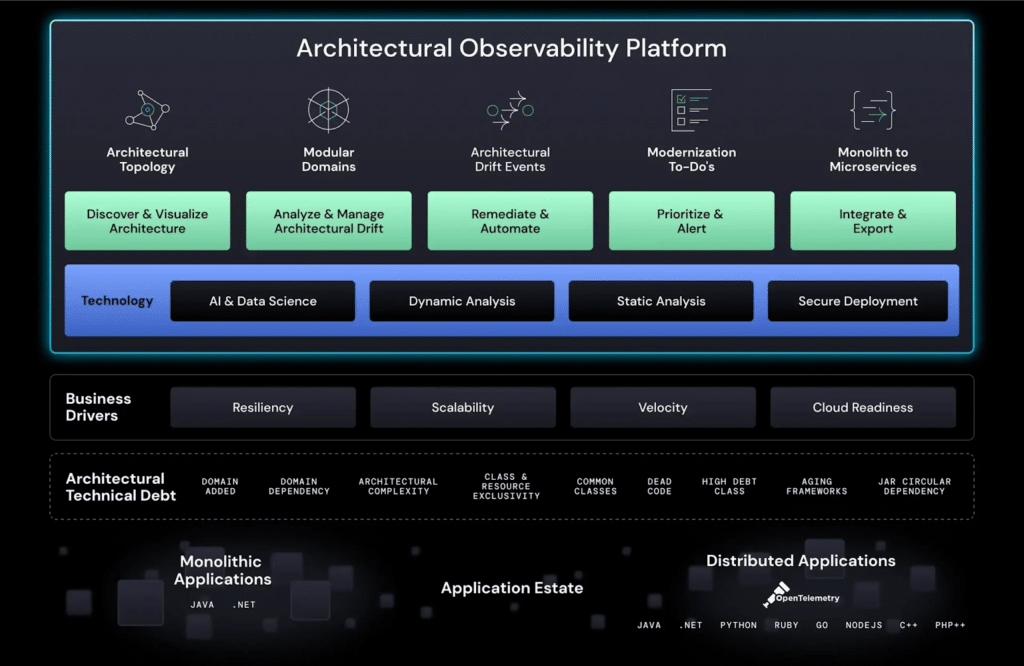
Looking to optimize your distributed applications to be more resilient and scalable? Request a demo for vFunction’s architectural observability platform to inspect and optimize your application’s architecture in its current state and as it evolves.

